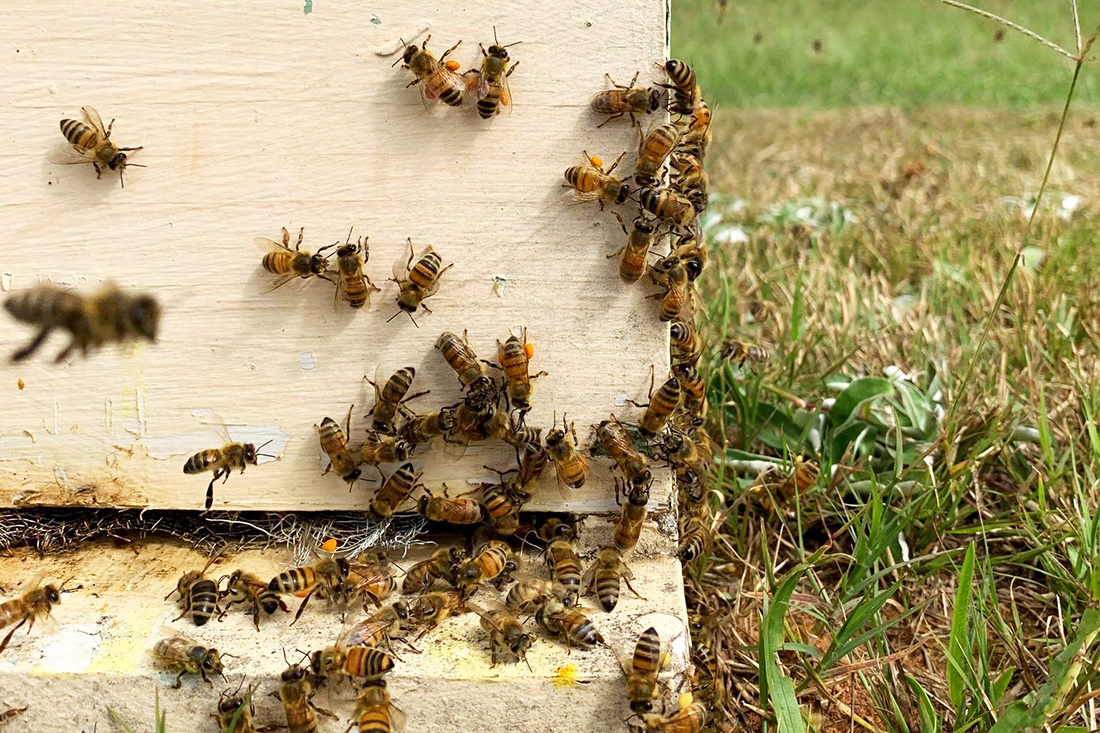ATHENS, Ga. - From Lookout Mountain to the Golden Isles, all Georgians need to prepare for hurricane season.
|
| In 1992, Hurricane Andrew showed graphically the destructive power of a major hurricane when it devastated south Florida. Since then, three tropical storms have brought widespread damage to Georgia. |
Since 1990, Georgia has had three Presidential disaster declarations as the result of tropical weather.
In 1994, Tropical Storm Alberto brought torrential rain, high winds, tornadoes and major flooding to 55 counties from southwest Georgia to the southern counties of metro Atlanta.
Later that year, Tropical Depression No. 10 brought high winds, heavy rain, tornadoes and flooding to 13 coastal and southeast Georgia counties.
Hurricane Opal brought high winds, heavy rain and tornadoes to 50 counties, from the west central area to the north Georgia mountains, in 1995.
14 Storms in Forecast
Highly respected hurricane expert William Gray of Colorado State University expects an active hurricane season. Gray's forecast is for 14 tropical storms, with nine reaching hurricane status. Four are forecast to become intense hurricanes with sustained winds above 111 miles per hour.
The peak months for tropical storms are August and September. As we enter these peak months, all Georgians should have finished their prestorm-watch preparations.
| The best forecast for the 1999 hurricane season predicts 14 tropical storms, the same number as in 1998 (see tracking map), when the U.S. mainland was spared the awesome destruction of Hurricanes Georges and Mitch. |
While the destruction from tropical storms along the coast is well known, all of Georgia is vulnerable to the power of these storms. This includes metro Atlanta and the mountain counties.
Storm Surge Deadly at Coast
Along the coast, the storm surge is the major concern. The shape of the Georgia coast makes it vulnerable to very high storm surges -- much greater than North Carolina would have for the same strength storm. High winds, tornadoes and flooding due to heavy rainfall are other threats to the coastal region.
All Georgians living along the coast should know their county's emergency plan, including evacuation routes and the locations of approved shelters. Contact your county emergency management agency now for this important information. Don't wait until a tropical storm threatens.
Flooding Imperils Inland
Away from the coast into the piedmont and mountains, flooding is the major concern. Interior flooding can cause more damage statewide than the damage on the immediate coast.
Hurricane Camille, which hit the Mississippi Gulf coast in 1969, caused massive property damage and the loss of many lives in the mountains of Virginia.
|
| Ten years ago this September, Hurricane Hugo brushed Georgia while slamming into Charleston and laying waste to South Carolina. (Full-size image) |
Tropical storm-strength winds can reach hundreds of miles from where the storm makes landfall. Hurricane Hugo caused extensive wind damage in Charlotte, N.C., and beyond.
Since most homeowners insurance doesn't cover flood damage, it's important to get supplemental coverage.
You can get flood insurance from the federal government. But don't wait, since it normally takes 30 days for a flood insurance policy to become active. Contact your insurance agent or the Federal Emergency Management Agency Web site for details.
Tornadoes Widespread Threat
As a tropical storm moves inland, tornadoes are common. An outbreak of tornadoes can and does occur before a storm makes landfall. As the storm moves inland, the entire state can become subject to tornadoes. A NOAA weather radio is a good addition to a weather preparedness kit.
Ample information is available on preparing for the tropical storm season.
Web Information Sites
The Georgia Emergency Management Agency has a brochure, "Increasing Hurricane Awareness." You can get it through your county emergency management agency. Contact information for county emergency management agencies is on the Web at www2.state.ga.us/GEMA/broadcast/emafram.htm. Yours is listed in your phone book, too.
The Federal Emergency Management Agency has several Web pages devoted to weather disaster mitigation and preparedness.
You can find valuable information at the FEMA tropical storm site. FEMA also has many tips for hurricane preparedness. Other sites tell how to protect your property from flooding and how to protect your business.
FEMA has a free publication, "Repairing Your Flooded Home" (FEMA-234), on flood mitigation and repair. Another, "Taking Shelter From the Storm" (FEMA-320) suggests how to reinforce your home for high winds. Get these and other publications from FEMA Publications at 1-800-480-2520.
| The sign on the roof says it all. |
|









